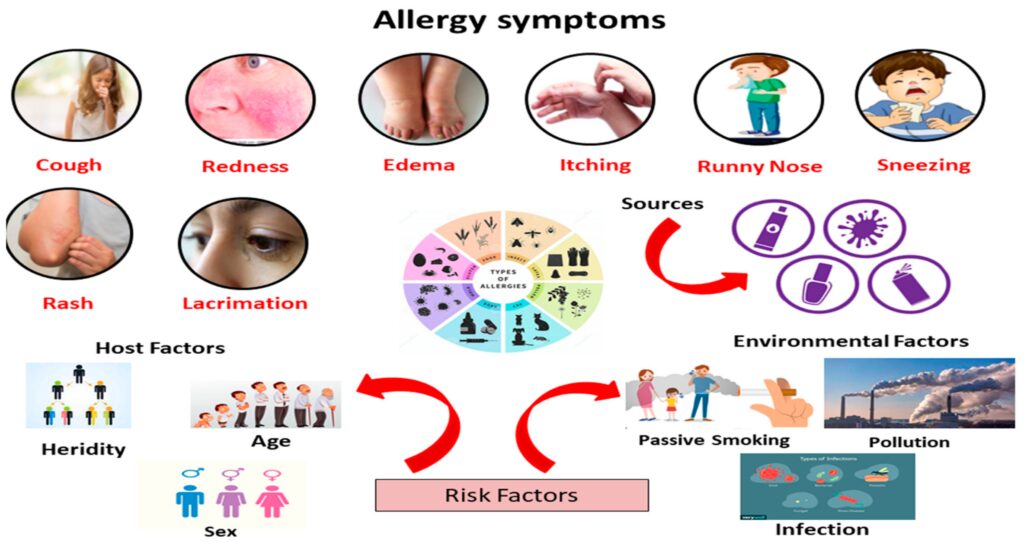Gaming addiction is on the rise and has been recognised as a mental health disorder by the World Health Organization (WHO). Risk factors for addiction are varied and can include genetic, environmental, and individual factors. The consequences of gaming addiction can be significant and include poor academic or work performance, physical ailments, social isolation, and financial problems. It is essential to recognise the signs of gaming addiction and seek help if necessary. Prevention and treatment measures can include setting limits on screen time, encouraging physical activity and social interaction, and teaching coping and stress management skills.
Gaming Addiction on the Rise: Understanding the Risk Factors and Real-World Consequences
Introduction
Gaming addiction is a significant issue that has been on the rise in recent years. With the increasing popularity of video games among people of all ages, it has become a matter of concern for parents, educators, and healthcare professionals. The World Health Organization (WHO) recognized gaming addiction as a mental health disorder in 2018, further highlighting the need to understand the risk factors and real-world consequences of this condition.
Risk Factors for Gaming Addiction
Many factors can contribute to gaming addiction, including genetic, environmental, and individual factors. Some of these risk factors include:
- Family history of addiction
- Exposure to violent or addictive games
- Availability of gaming devices
- Mental health conditions, such as depression or anxiety
- Social isolation or lack of social support
- Personality traits, such as impulsivity or a need for achievement
Consequences of Gaming Addiction
Gaming addiction can have significant consequences on mental, physical, and social well-being. Some of the most common consequences include:
- Poor academic or work performance
- Sleep disturbances and insomnia
- Physical ailments, such as fatigue, headaches, and carpal tunnel syndrome
- Social isolation and relationship difficulties
- Behavioral problems, such as aggression and impulsivity
- Financial problems from excessive spending on gaming
Real-World Examples of Gaming Addiction
Gaming addiction is a real and growing problem, and there have been several high-profile cases that highlight the impact of this condition. One such example is the case of a 24-year-old man from China, who died after playing an online game for three consecutive days without sleeping or eating. In another case, a 17-year-old boy from England was hospitalized for several weeks after collapsing due to playing video games for up to 12 hours a day. These examples demonstrate the severity of gaming addiction and the need for more awareness and support for those affected by it.
Prevention and Treatment of Gaming Addiction
Gaming addiction can be prevented and treated with a multifaceted approach that includes education, counseling, and support. Some of the measures that can be taken include:
- Setting limits on screen time and gaming activity
- Encouraging physical activity and social interaction
- Teaching coping and stress management skills
- Identifying and addressing underlying mental health conditions
- Creating a supportive and positive social environment
- Encouraging family involvement and support
Conclusion
Gaming addiction is a significant and growing problem that can have severe consequences on mental, physical, and social well-being. Understanding the risk factors and consequences of this condition is essential for prevention and treatment. It is crucial to recognize the signs of gaming addiction and seek help if necessary to ensure a healthy and balanced life.
